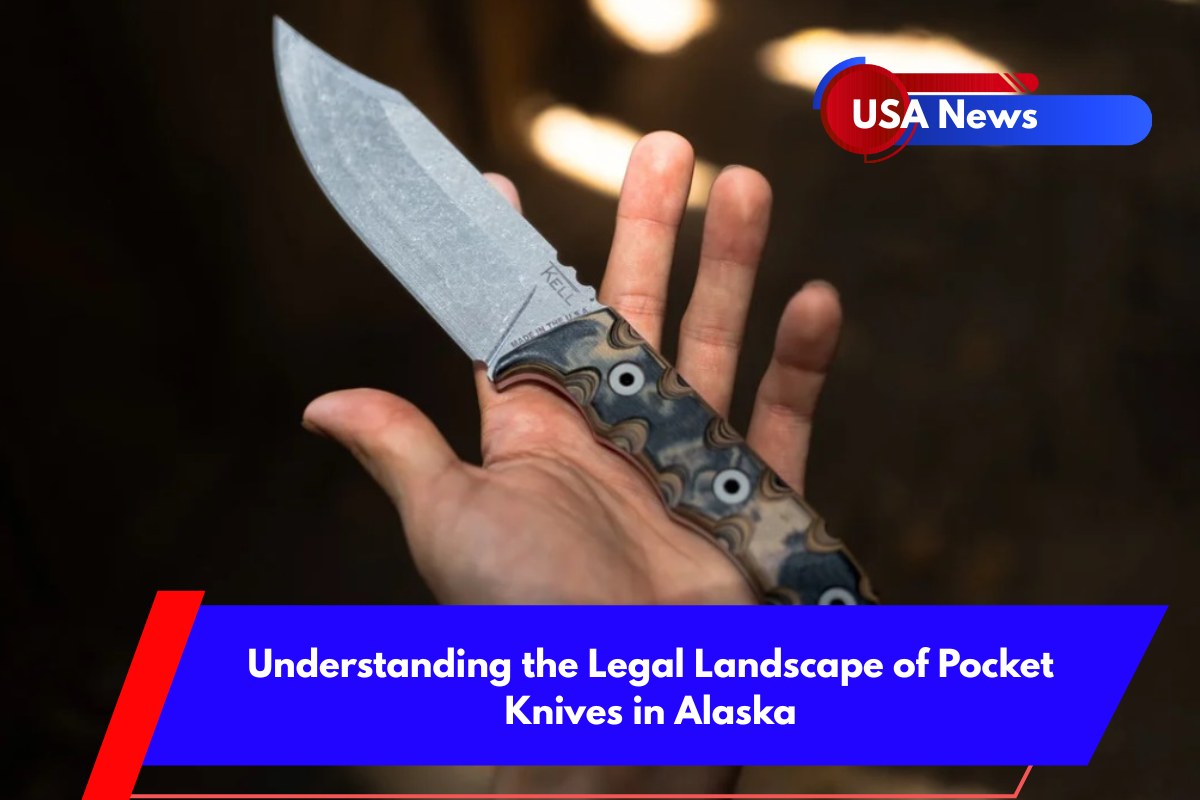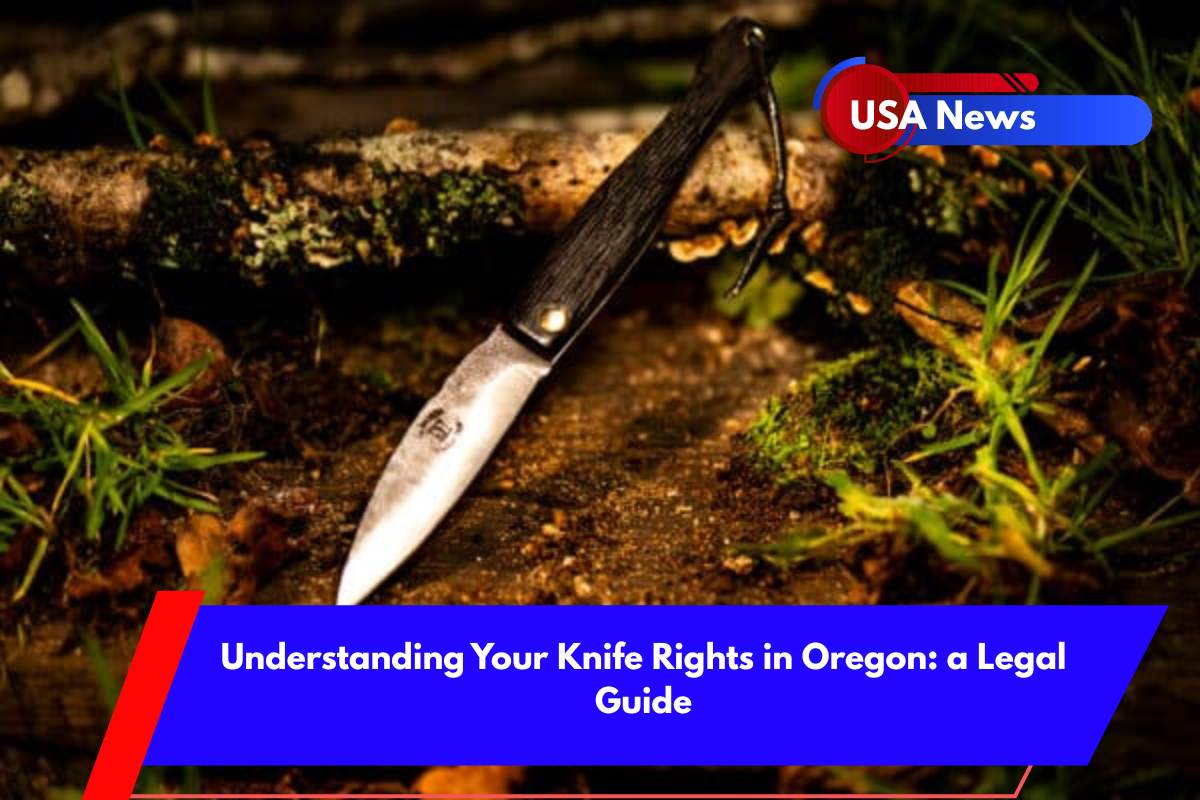Alaska is well-known for its liberal approach to knife ownership and carry, shaped by the state’s rugged terrain and the practical need for knives in everyday life.
As of 2025, the legal framework for pocket knives in Alaska remains relatively permissive, with few restrictions on ownership, possession, or carrying. Below is a detailed overview of the knife laws in Alaska, ensuring that residents and visitors are informed and compliant with the state’s regulations.
1. Ownership and Possession
No Statewide Bans: Alaskan law does not impose any statewide bans on knife ownership. Residents and visitors can legally own virtually any type of knife, including pocket knives, folding blades, fixed blades, switchblades, gravity knives, and larger knives such as Bowie knives or machetes.
No Blade Length Restrictions: Alaska does not have any state-imposed limitations on blade length for knives, including pocket knives. Therefore, you can legally own knives of any size without worrying about length restrictions.
Age Considerations: While there are no specific age restrictions for knife ownership, the law requires that if automatic knives or gravity knives are sold or transferred to minors (under the age of 18), written parental consent must be obtained.
2. Open Carry
Permissive Open Carry: In Alaska, it is legal to openly carry any type of knife, regardless of the style or blade length. This rule applies to all individuals, including minors, although minors should be cautious about carrying knives in specific locations such as schools.
No Permit Required: There is no requirement for a permit or registration when openly carrying a knife in Alaska, making it relatively easy to carry knives in public places.
3. Concealed Carry
Age Requirement for Concealed Carry: Individuals aged 21 and older are allowed to carry any knife concealed, including pocket knives, switchblades, and gravity knives.
Under 21: Individuals under the age of 21 cannot carry a concealed “deadly weapon”, which includes most knives. However, minors may carry an “ordinary pocketknife” (typically a folding knife that is not classified as a switchblade or gravity knife) concealed. Although the law does not specifically define an “ordinary pocketknife,” this generally refers to non-threatening, commonly used folding knives.
Duty to Inform: If carrying a concealed knife (other than an ordinary pocketknife), the law requires individuals to inform law enforcement if approached or when entering someone else’s residence. This ensures transparency when carrying concealed weapons, even if they are legal.
4. Restricted Locations
Schools: All knives, including pocket knives, are prohibited on school grounds unless written permission is obtained from the school’s chief administrator.
Other Restricted Areas: Carrying knives is restricted in certain government buildings, courthouses, and federal facilities. Always check for posted signs or specific regulations in such locations, as rules can vary by establishment.
5. Use and Criminal Intent
Intent Matters: Using any knife in the commission of a crime or with criminal intent can result in more severe legal consequences, including elevated charges. For example, using a knife in an assault or robbery will lead to harsher penalties, regardless of the knife’s type or size.
Responsible Carry: While ownership and carrying of knives are largely unrestricted, the law places greater emphasis on the responsible use and carry of knives. Criminal misuse, such as threatening others or using a knife in an unsafe manner, is the primary concern for law enforcement.
6. Local Preemption
Statewide Preemption: Alaska state law preempts local knife ordinances, ensuring that all counties and municipalities follow the same rules. Local governments cannot enact stricter regulations than the state law provides, ensuring uniformity across Alaska regarding knife laws.
Sources:
1. https://thewrangler.com/understanding-your-knife-rights-in-alaska-a-legal-guide/2025/06/14/
2. https://owossoindependent.com/understanding-the-legal-landscape-of-pocket-knives-in-alaska/
3. https://nobliecustomknives.com/us-knife-laws/alaska-knife-laws/
4. https://katanzo.us/katana-laws-in-alaska/













